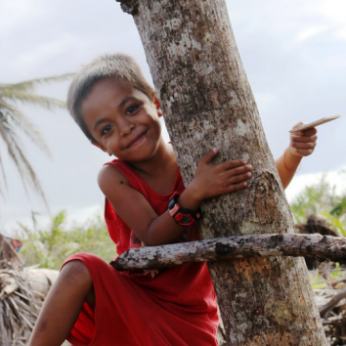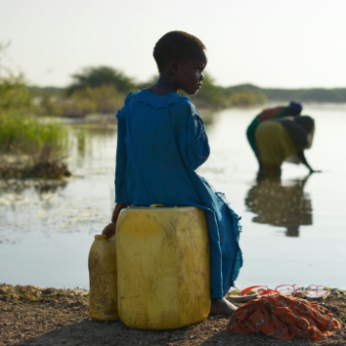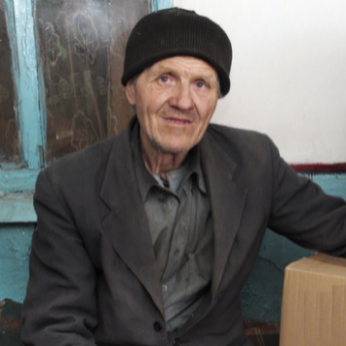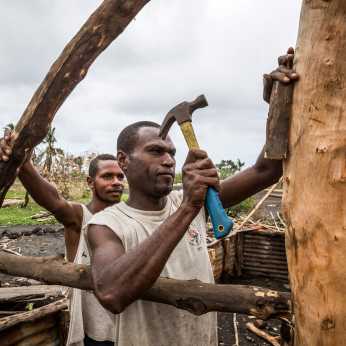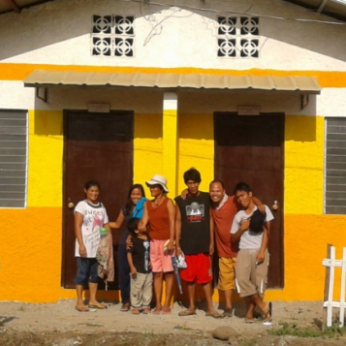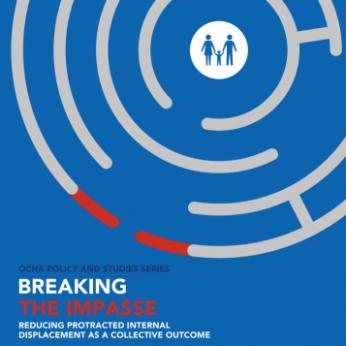
The global number of internally displaced persons (IDPs) has reached an all-time high, particularly as an increasing number of IDPs remain displaced for years or even decades. The millions of people living in protracted internal displacement and their host communities are some of the most vulnerable in the world; they often cannot access basic services, education and health care, and they face barriers to stable housing and sustainable livelihoods.
In light of these alarming trends and the need for more effective responses, in 2018 OCHA commissioned Breaking the Impasse: Reducing Protracted Internal Displacement as a Collective Outcome to improve our understanding of protracted internal displacement and related challenges.
Following that study, OCHA produced an in depth report – Reducing protracted internal displacement: A snapshot of successful humanitarian-development initiatives – to analyse successful initiatives geared towards addressing protracted internal displacement.
 Breaking the Impasse
Breaking the Impasse
The study examines the causes, impacts and challenges of protracted internal displacement, and it proposes an approach that allows IDPs to reach self-sufficiency sooner. Recommendations are then made to key stakeholders, such as national Governments and the United Nations, on concrete actions to take to implement this approach and effectively address protracted internal displacement. The study features five country case studies: Colombia, the Democratic Republic of the Congo, the Philippines, Somalia and Ukraine. Each case study highlights good practices and presents tailored recommendations.
 Reducing protracted internal displacement
Reducing protracted internal displacement
While each situation is unique and requires tailored solutions, this paper offers valuable insights on how to best combine short- and long-term initiatives of international organizations, local partners and governments, while taking into account the needs of IDPs and host communities as well as market forces. With the benefit of hindsight and evaluated projects, this research contributes to our knowledge about the sustainability of such initiatives.
